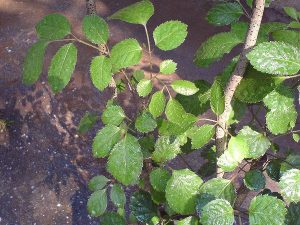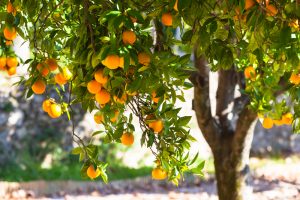The tropical plants like selaginella appear like ferns and there are over 750 species of Selaginella. They have scale leaves and spores of two types. Selaginella plants are an exceptional choice for in-house indoor gardens or bottle gardens. Selaginella Moss is commonly referred to as spike moss and is related to club moss and ferns. It is surely not a popular and known choice of plant for growing and is not really famous as well as known. Growing the plant in a dense and well-drained pot in light shade is the perfect place for the growth of your plant.
Whatever growing method you choose for the plant, this article is the perfect plant care guide for your selaginella moss. The requirements needed to take care of the plant are –
- Light – Partial or indirect light is ideal for the plant and should not be exposed to full sunshine.
- Water – The soil should be moist at all times during the growing season but reduce watering in the cold season.
- Temperature – A minimum temperature of 180*C is perfect for Creeping Moss and make sure to keep it away from draughts.
- Humidity – Misting and damping daily is essential for the plant as it needs high humidity. Pot on a wet pebble tray and mist regularly to maintain humidity.
- Feeding – Feed the plant monthly during the growing season with a balanced water-soluble fertilizer. Avoid feeding in the cold season as it can damage the leaves.
- Trimming – Trim and cut back occasionally as needed.
- Propagation – Creeping Moss can be propagated at the beginning of the growing season from division or by stem-tip cuttings.
- Repotting – Repotting at the beginning of the growing season is perfect and suitable for selaginella moss.
- Pruning – It involves the removal of dead and rotten leaves for the plant to be neat and fresh at all times. Cut back if the plant becomes unruly to rejuvenate growth.
- Toxicity – Selaginella moss is not toxic for both humans as well as pets and is completely safe to grow indoors.
Problems related to taking care of Selaginella
Selaginella deals with a few problems too though they are preventable and can be cured easily depending on the severity of the problem.
- Pests
Pests cause deterioration and rot of tissue which makes leaves turn yellow and collapse, the plant can be saved by regular cutting of the affected bark or by using a fungicide to prevent the disease.
- Browned Leaves
Brown leaves are usually a sign that the plant is sufferings from low humidity so watering your plant if the soil is dry is of utmost importance to maintain the needed humidity.
- Scorched Leaves
Scorched leaves are a sign that the plant is getting excessive light that is required. The solution is to remove all the scorched leaves and place the plant in an indirect light right away.
- Crispy Leaves
Crispy leaves are a sign that the plant isn’t getting the right amount of water so make sure to water your plants regularly and more thoroughly.
Selaginella Moss is commonly referred to as spike moss is related to club moss and ferns and reproduces by spores. Native to its tropical forest areas, Selaginella Moss has been growing on earth for decades. The plant has an appearance and coloring of many mosses but is actually a vascular plant that is more similar to ferns. The care the plant needs and the ecosystem where they grow happily is much likely to a fern.
Selaginella is surely not a popular and known choice of plant for growing at home and is not really famous as well as known. It is mainly chosen as a ground cover and is quite picky to its outdoor conditions. These plants are also a well-known common choice for growing indoors or in home gardens.



